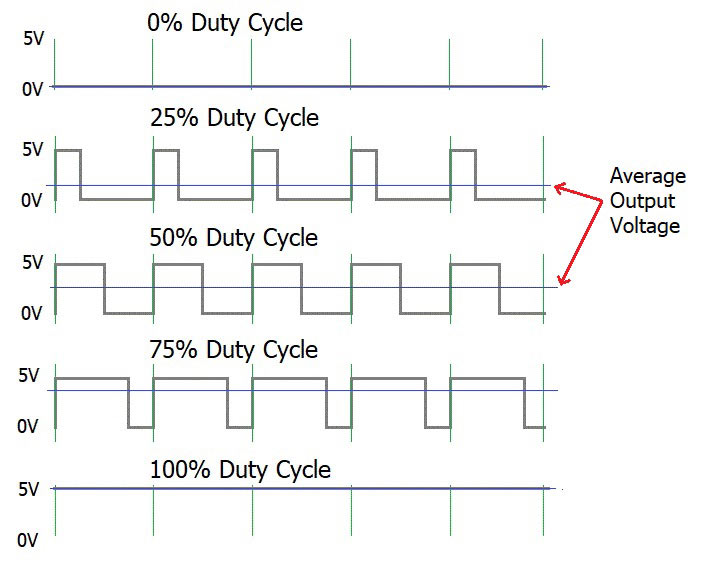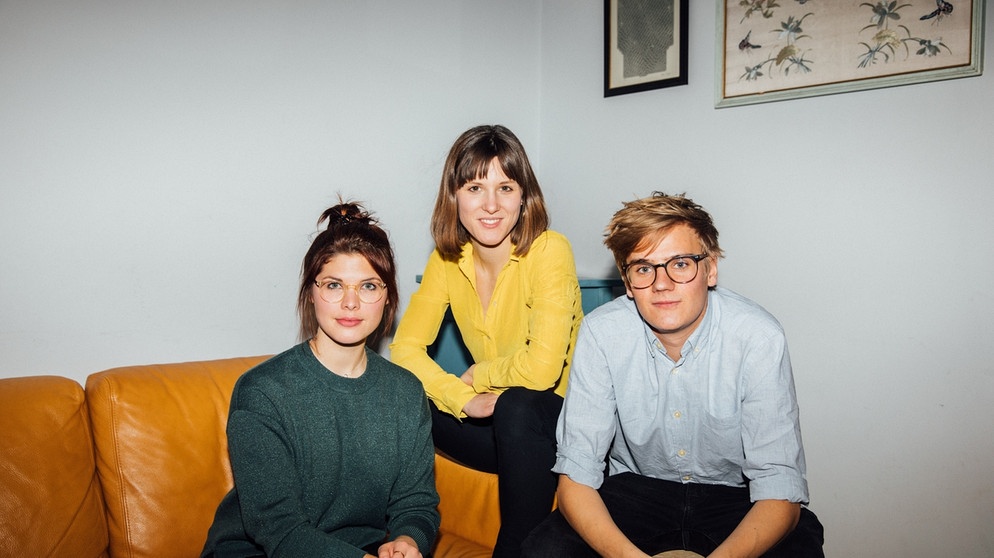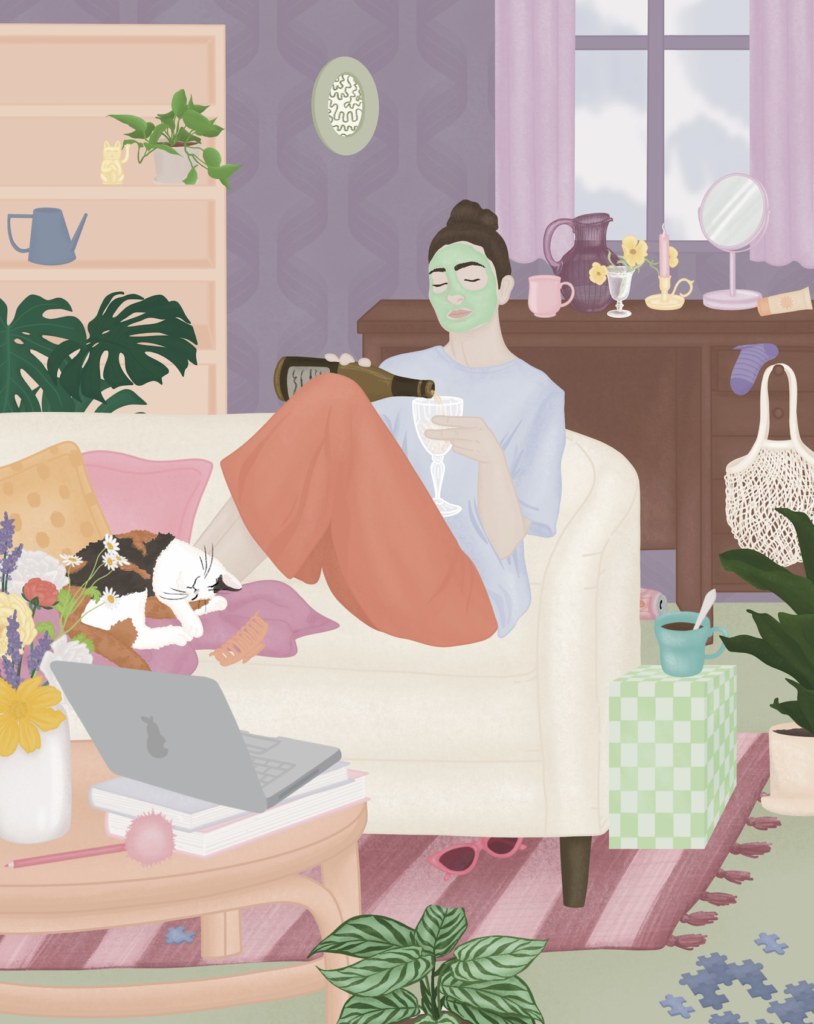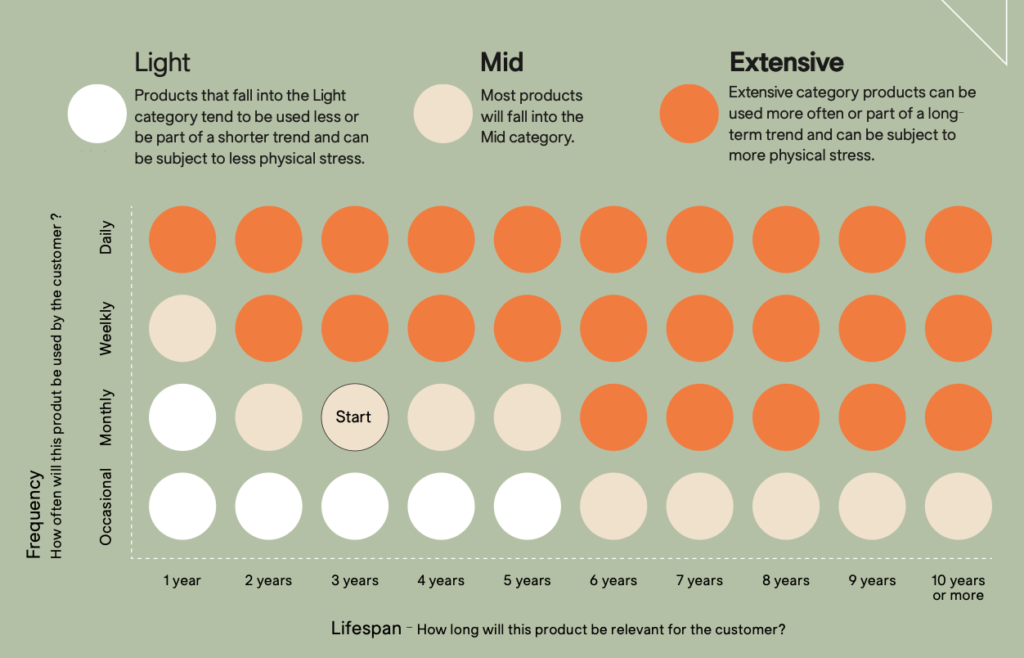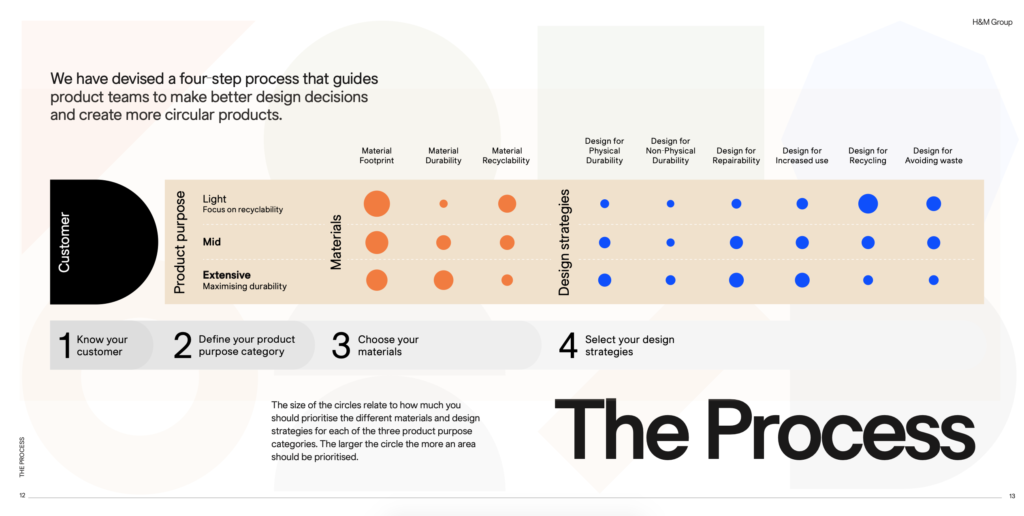After the past blogposts, many possibilities have emerged on how to better include children and young people in democracy-related issues. The level of communication and the direction from which it comes is very important. No one wants to be talked down to or overwhelmed with complex explanations. In the following, I name a few ideas on how I can approach the topic as an interaction designer.
Social Media Channel
Designing a social media channel or maybe a tool kit for influencers to enhance young people’s engagement in democratic systems and processes can be a powerful way to reach a wider audience and inspire change. Key elements of such a channel or could include:
– Engaging Content: Providing content that is both educational and engaging, such as videos, podcasts, or interactive quizzes, can help young people learn about democratic systems and processes in a fun and accessible way.
– Influencer Involvement: Partnering with influencers who are passionate about democracy and civic engagement can help reach a wider audience and inspire change. Influencers can use their platform to raise awareness, share stories, and engage with their followers.
– Tools and Resources: Providing tools and resources, such as action plans, voting guides, or advocacy tools, can help young people take action and become more involved in the democratic process.
– Community Building: Building a community of young people who are interested in democracy and civic engagement can help provide a supportive and interactive environment for learning and action.
By providing engaging content, tools and resources, and a supportive community, a social media channel or tool kit designed for influencers can play an important role in empowering young people to take part in democratic systems and processes. Of course, the channel should also be visually appealing to guarantee a professional but also a personal/fun-looking appearance.
Gamification App
Gamification is a popular and effective way to engage young people in learning and taking part in democratic systems. A gamification app for this purpose could include features such as:
– Interactive Quests: By providing tasks and challenges related to political and civic topics, the app can help young people develop a deeper understanding and engagement with democratic systems.
– Virtual Representation: The app could include virtual simulations of political decision-making, allowing young people to experience the democratic process in a fun and interactive way.
– Social Interaction: Encouraging social interaction and collaboration through the app, such as team-based missions or debates, can help young people develop their communication and leadership skills.
– Rewards and Recognition: Providing rewards and recognition for accomplishments, such as virtual badges or points, can help motivate young people to continue learning and participating in democratic systems.
By combining education, engagement, and fun, a gamification app for democratic systems can help young people develop the skills and knowledge they need to become informed and active citizens.
Interactive Game for the classroom
Another solution could be an interactive game similar to the Peace Game. This would make it possible to teach children of primary school age about the importance of democracy. In a crisis-ridden time like the present, it is especially important to convince children and young people of their active participation. Even if this participation only means going to the voting booth every few years. Unfortunately, there are very obvious reasons why people are turning away from politics right now (corruption, miscommunication, shift to the right), although it is precisely in times like these that an active understanding of democracy is indispensable. Inclusion starts with information. If this information is acquired at an early age, people enter the official voting age with a democracy-friendly consciousness, which can only be an advantage for people and the state.
I realise with this topic that I am not quite at the end yet. There is still a lot to discover or research. I think it would be exciting to take up this topic again for my master’s thesis, let’s see what happens 😉
